Permaculture Dream Yard
Kathy_KY
21 years ago
Related Stories
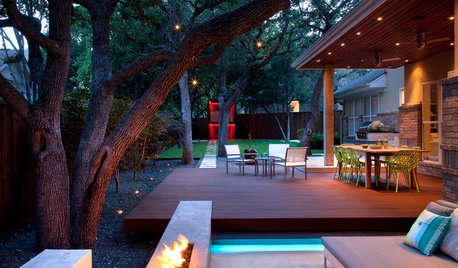
GARDENING AND LANDSCAPINGBackyard Dreaming: 13 Ideas to Spark Your Imagination
Transform your yard or patio this spring by turning your thoughts to outdoor flights of fancy now
Full Story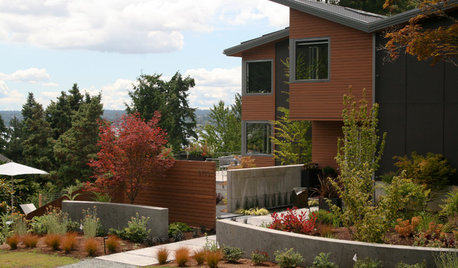
LANDSCAPE DESIGNInside Houzz: Divine Proportions Make for a Dream Landscape
Spirals based on the golden ratio give a Washington yard out-of-this-world appeal, at the hands of a designer found on Houzz
Full Story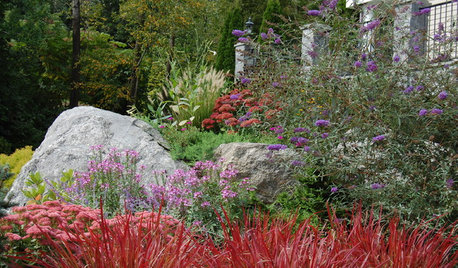
LANDSCAPE DESIGNHow to Design a Great Garden on a Sloped Lot
Get a designer's tips for turning a hillside yard into the beautiful garden you’ve been dreaming of
Full Story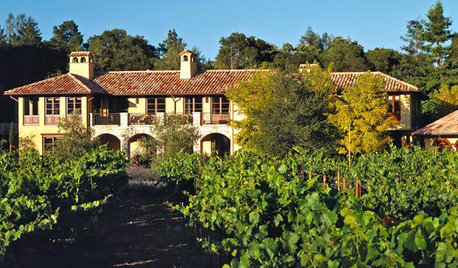
GARDENING AND LANDSCAPINGHow to Start a Home Vineyard
Dreaming of a winemaker's life? You may be able to have it where you are
Full Story
HOME OFFICESDream Spaces: Home Offices You’d Be Delighted to Work In
Warm lighting, comfortable furnishings and pleasing views can make you want to head into your home office each day
Full Story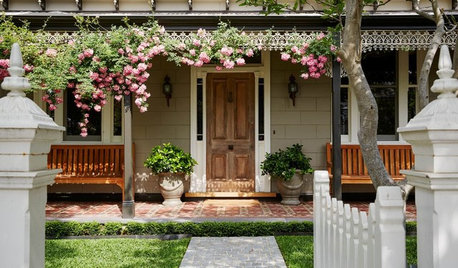
LANDSCAPE DESIGNFront-Yard Makeover Ideas With Mojo
Make a statement in your front landscape with one of these standout styles
Full Story
FRONT YARD IDEASBefore and After: Front Lawn to Prairie Garden
How they did it: Homeowners create a plan, stick to it and keep the neighbors (and wildlife) in mind
Full Story
EDIBLE GARDENSNatural Ways to Get Rid of Weeds in Your Garden
Use these techniques to help prevent the spread of weeds and to learn about your soil
Full Story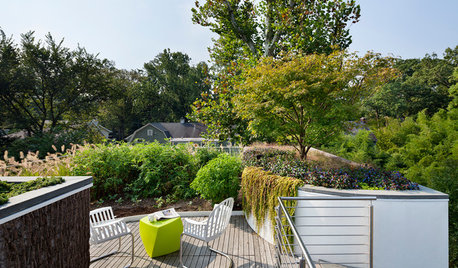
LANDSCAPE DESIGNProblem Solving With the Pros: Sustainable Landscape Captures Runoff
An underground cistern, permeable paving and a rain garden are part of this Washington, D.C. yard's thoughtful design
Full Story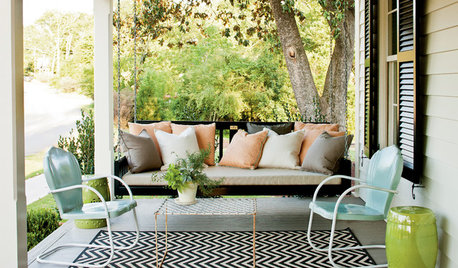
PORCHESDream Spaces: Gracious, Spacious Front Porches
Maybe it’s the view. Maybe it’s the bed swing. Whatever their individual comforts, all of these porches encourage a leisurely stay
Full Story





seraphima
Kathy_KYOriginal Author
Related Professionals
Downey Landscape Contractors · Lynchburg Landscape Contractors · Merced Landscape Contractors · Mission Viejo Landscape Contractors · Peoria Landscape Contractors · Waipahu Landscape Contractors · Hueytown Landscape Contractors · Conyers Siding & Exteriors · Enfield Siding & Exteriors · Ft Washington Siding & Exteriors · Oak Forest Siding & Exteriors · Orange County Siding & Exteriors · Oakville Siding & Exteriors · North Tustin Solar Energy Systems · Saratoga Springs Solar Energy Systemspoinciana
jessiecarole
Fireraven9
Kathy_KYOriginal Author
microfarmer
adamhenne
Kathy_KYOriginal Author
seraphima
Kathy_KYOriginal Author
mike_stubbs
jessiecarole
garden_gal_fl (z10)
Kathy_KYOriginal Author
Chad_S
chroma2424
smittyct6
egstcm
Kathy_KYOriginal Author
hemnancy
weedeater_MO
caitzs
Bamboochik
Aubergine Texiana
Gambol
wormlady
josie_z6b